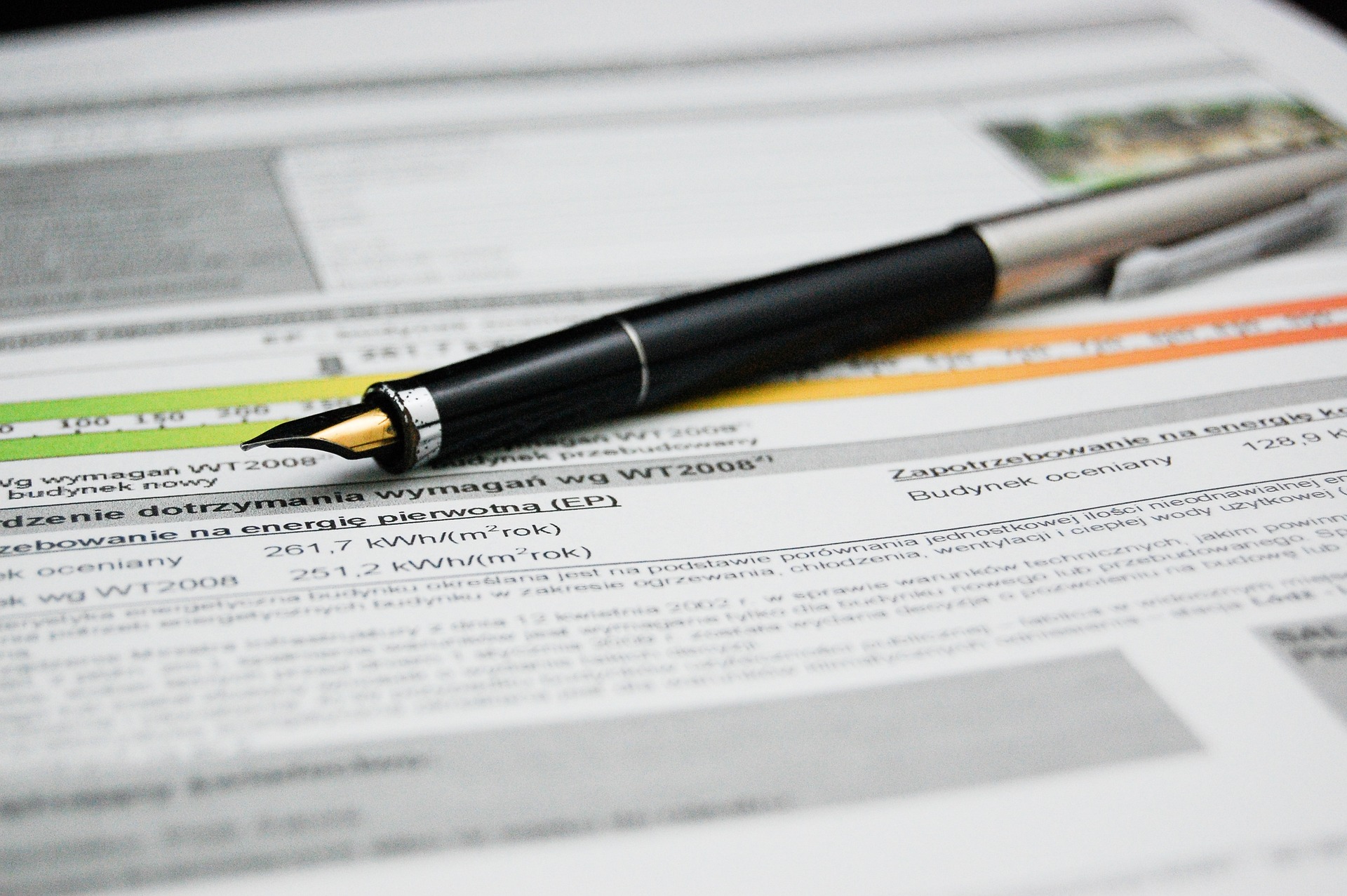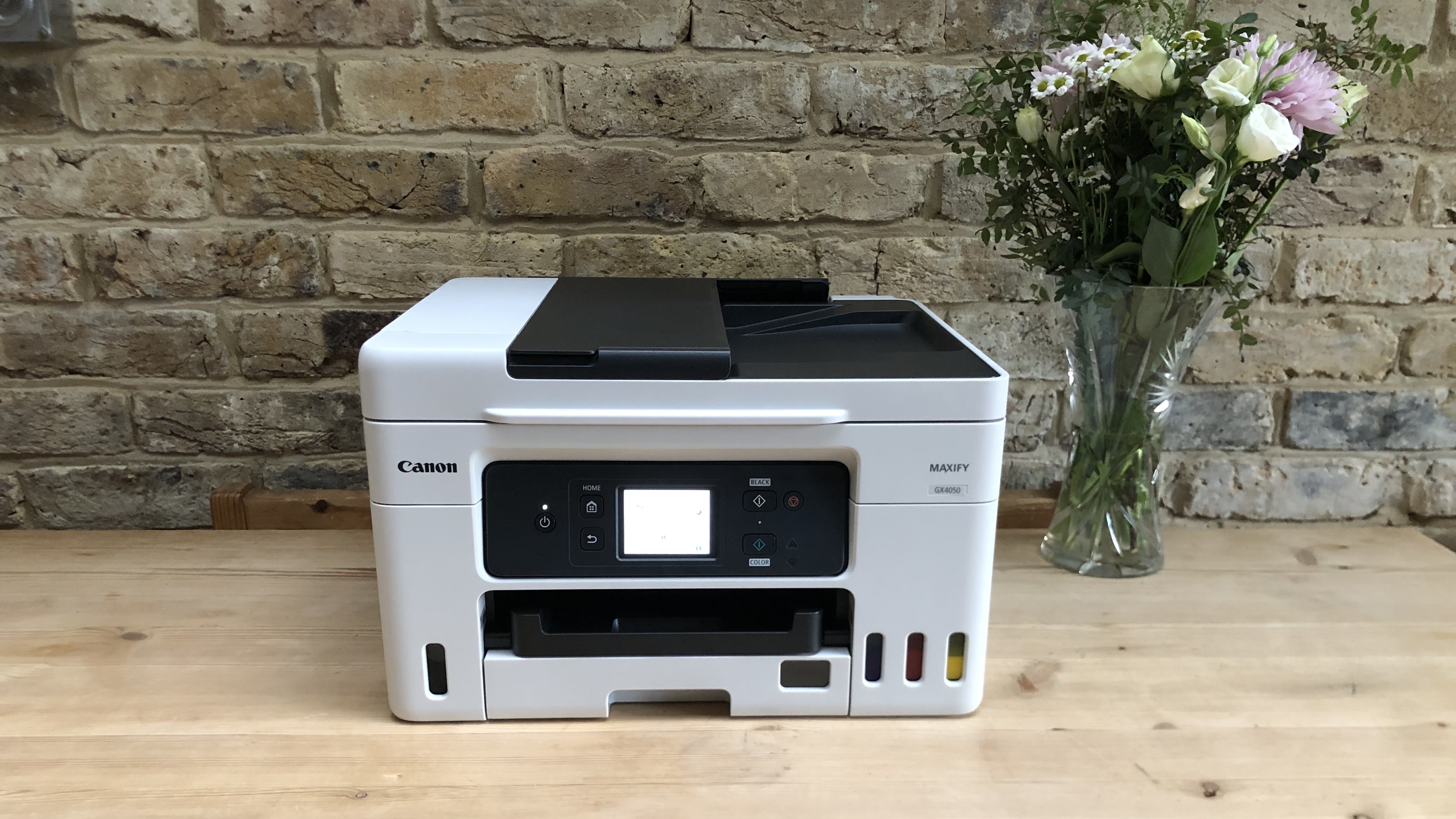5 things to look for when choosing a document scanner
What are the important things to look for when choosing a document scanner? We have some ideas.

Today’s digital world demands a reliable document scanner to manage paperwork efficiently. The suitable scanner can be a game-changer whether you want to declutter, digitize archives, or improve workflow. However, choosing a suitable scanner can be overwhelming, with numerous models and features available. Consider factors such as scanning speed, resolution, automatic document feeder capacity, connectivity options, and software compatibility when looking for a document scanner. These details will help you find a scanner that fits your needs and requirements.
Grab a 33% discount on Xodo Document Suite — Sign up today
Xodo is offering Tech Radar readers an exclusive 33% discount on the Document Suite subscription. Originally priced at $180, you can now get the subscription for just $120. To claim your $60 discount, simply sign up and create an account using this link.
5 things to look for when choosing a document scanner
To make a well-informed decision, consider these five essential things:
# 1 Scanner type
The type of scanner you choose should be based on your specific needs. Do you need to scan multipage reports, books, receipts, and business cards? Here are the most common types:
Flatbed scanners: Perfect for versatile needs, including books or delicate documents.
Sheet-fed scanners: Ideal for scanning stacks of paper.
Portable scanners: Great for mobility if you need to scan on the go.
All-in-one printers: This might be sufficient if you need occasional scanning.
Are you a pro? Subscribe to our newsletter
Sign up to the TechRadar Pro newsletter to get all the top news, opinion, features and guidance your business needs to succeed!
Understanding the type of documents you frequently handle will guide you in selecting the right category.
#2 Scan quality
Resolution, measured in dots per inch (DPI), is crucial for ensuring your scanned documents are clear and readable. Here’s a quick guide:
Text documents: 300 to 600 DPI is typically sufficient. A higher DPI means more dots are used, making a sharper and more detailed print.
Images or detailed graphics: 600 DPI or higher is desirable. DPI can also refer to the resolution of a digital image, but this is less common. In the context of images, PPI (Pixels Per Inch) is a more precise term. PPI indicates how many pixels make up an inch of the image. DPI is typically used for print, while PPI applies to digital images on screens.
Consider a scanner that allows you to adjust DPI settings based on your needs to preserve document clarity.
#3 Speed and efficiency
Scan speed is a significant factor if you're handling large volumes of paperwork. Look for:
Pages per minute (PPM): This indicates how many pages the scanner can process in a minute. The ideal PPM rating depends on your printing needs. If you typically print low volumes of documents at home, a printer with a 10-15 ppm rating might suffice. Busy offices with high printing demands might benefit from a printer with a PPM rating of 30 or higher, which essentially automates the process of feeding multiple pages into the machine.
Automatic document feeder (ADF): An automatic document feeder, or ADF, is a tray attached to some printers, scanners, photocopiers, and fax machines. It essentially automates the process of feeding multiple pages into the machine.
Scanners that combine high PPM with a robust ADF can save a substantial amount of time.
#4 Connectivity options
In a world where we connect more devices wirelessly, the ability to connect the scanner to various devices is crucial. Check for:
USB connections: Nearly universal in scanners for direct computer connections.
Wi-fi connectivity: Useful for wireless scanning to computers or cloud storage.
Network scanning: Essential for larger offices where multiple users need access.
Flexibility in connectivity ensures that your scanner can integrate seamlessly into your existing setup.
#5 Software and features
The included software can make or break your scanning experience. Look for features that enhance productivity, such as:
Optical character recognition (OCR): Converts scanned documents into editable and searchable files.
Duplex scanning: Scans both sides of the page in one go, which is crucial for double-sided documents.
Innovative features include automatic color detection, blank page skipping, and batch scanning.
Reliable software with robust features can significantly streamline your document management process.
The best document scanners

Our list of the best document scanners includes devices ideal for home and office use. It includes budget-friendly options as well as feature-packed ones. Our favorite is the Canon Maxify GX4050. It's an all-in-one scanner and printer unit that we consider an excellent all-rounder. It's our top choice printer, suitable for most people, and has print, copy, fax, and scan capabilities.
The resolutions of the scanner are high—1200 x 2400 dpi. When used to scan and copy, duplicates were nearly as bright and crisp as the original test documents and photos. It's not the fastest photocopier in the world, but it will be very suitable if you're digitally archiving or reprinting old photographs. Likewise, it works well as a home office scanner and printer for documents, receipts, etc.
On the printing side, it's an ink tank model, so you have the advantages of an inkjet and the cost-efficiency of a laser. Resolutions are an average 600 x 1200 dpi, while print speeds are relatively quick at 18ppm (mono) and 13ppm (color), but not the fastest we've timed.
Another favorite is the Brother ADS-4900W, an excellent choice for small businesses. The Brother ADS-4900W is a mid-range document scanner with a reasonable price tag of $700. The scans from this machine are accurate, efficient, and relatively fast, especially for the small size of this scanner. For those who need to scan files to store on a flash drive, this ADS-4900W can scan directly to a flash drive without the use of a computer at all. Compared with other similar scanners, this model is a bit lighter and smaller, making it a great on-the-go and one you can tuck away as needed.
One downside of this is the lack of solid Mac support. However, for PC users, there are a number of companion applications that can help ensure smooth operation.
You should also consider the Canon CanoScan LiDE 400, Epson ES-C380W, and Brother DSmobile DS-940DW.
- Check out our list of the best document scanning apps for iPhone and Android.
Summary
When choosing a document scanner, critical factors such as the type of scanner (flatbed, sheet-fed, or portable), scan quality (measured in DPI or dots per inch), speed (pages per minute), connectivity options (USB, wireless, or network), and software features (OCR, PDF creation, etc.) should be carefully considered. By assessing your specific needs, such as the volume of documents to be scanned and the types of documents (black and white, color, single-sided, or double-sided), and researching before making a purchase, you can ensure that your new scanner is a perfect fit for your workspace and will enhance your efficiency and productivity.
Bryan M. Wolfe is a staff writer at TechRadar, iMore, and wherever Future can use him. Though his passion is Apple-based products, he doesn't have a problem using Windows and Android. Bryan's a single father of a 15-year-old daughter and a puppy, Isabelle. Thanks for reading!

